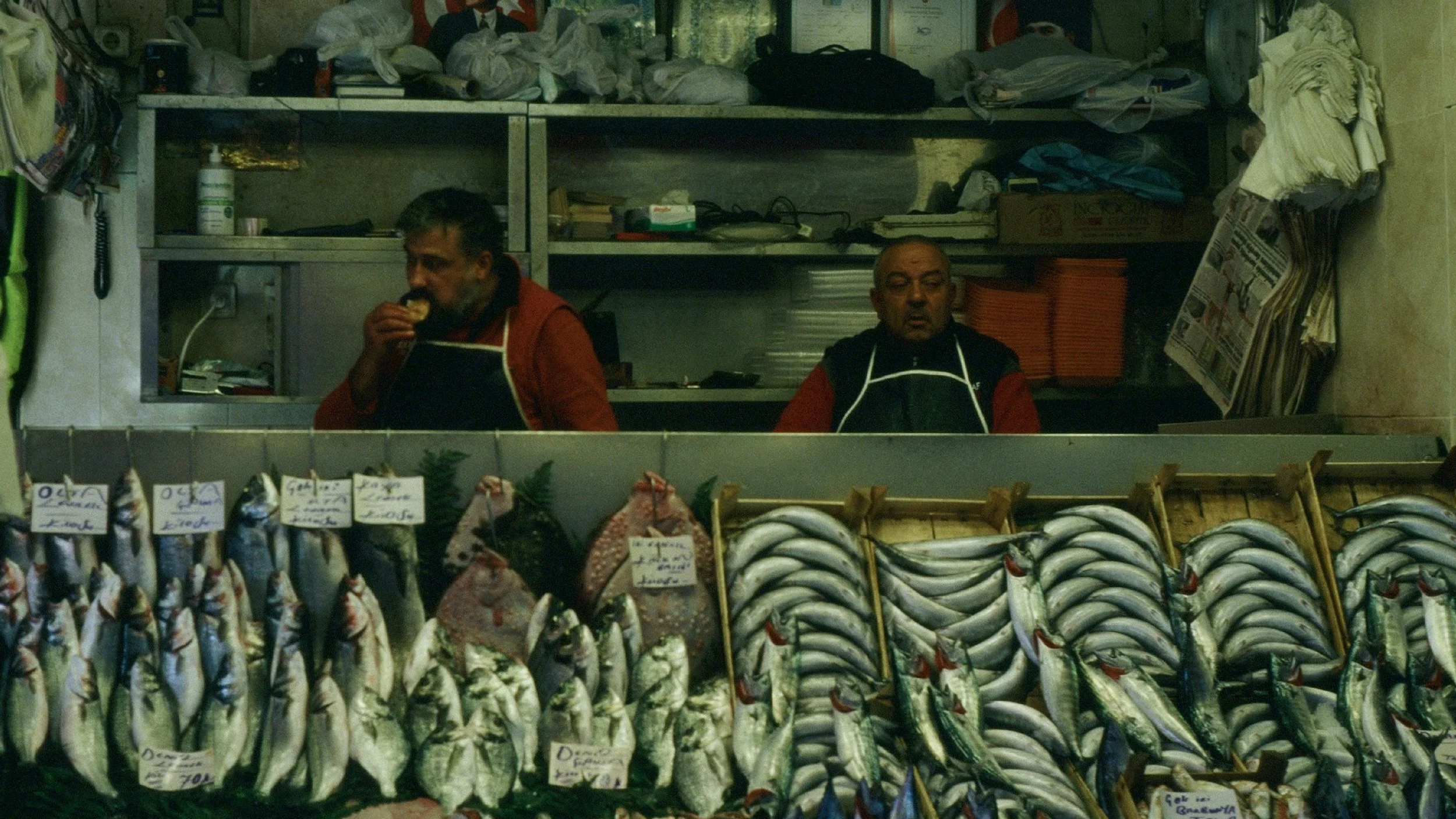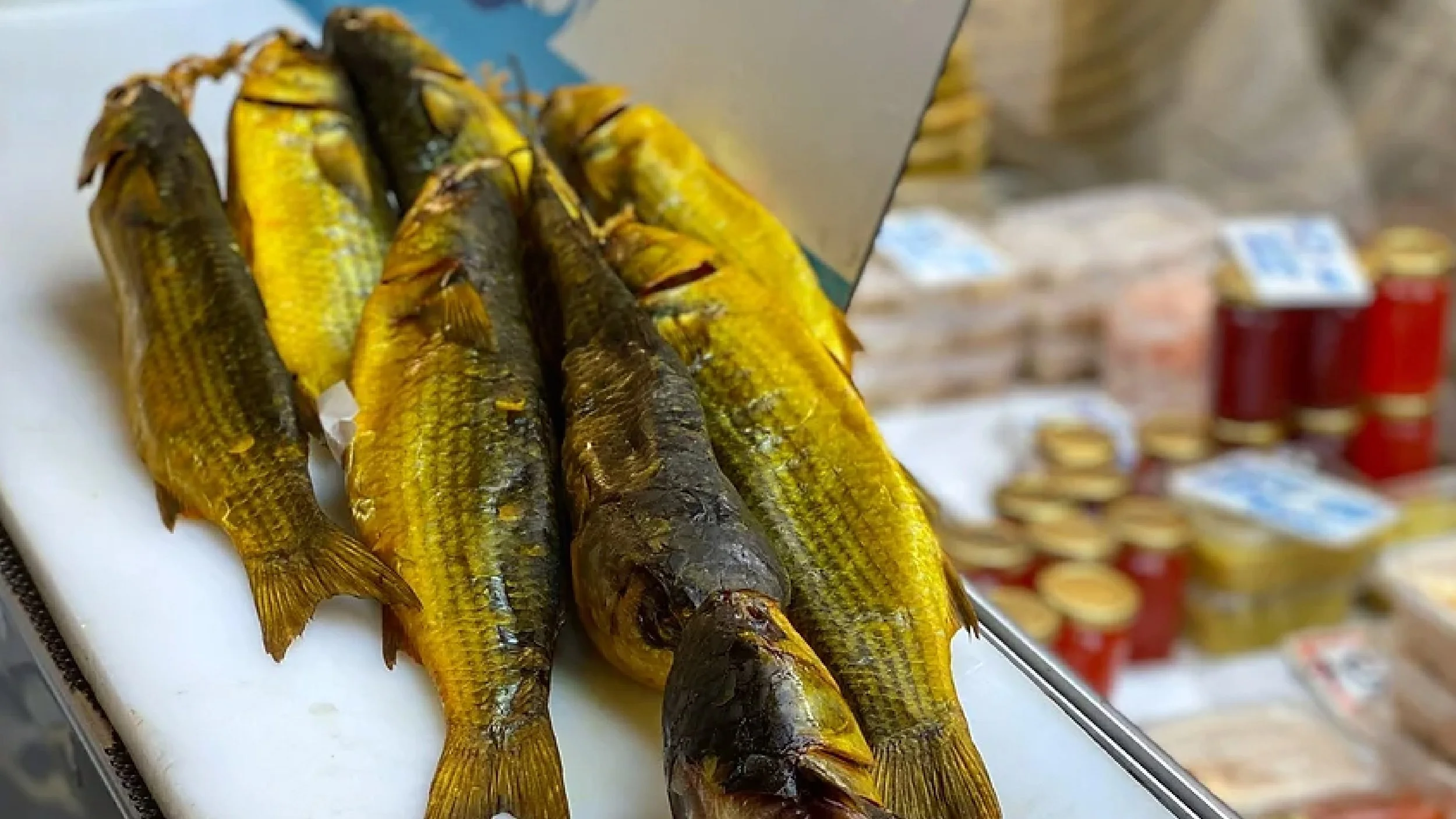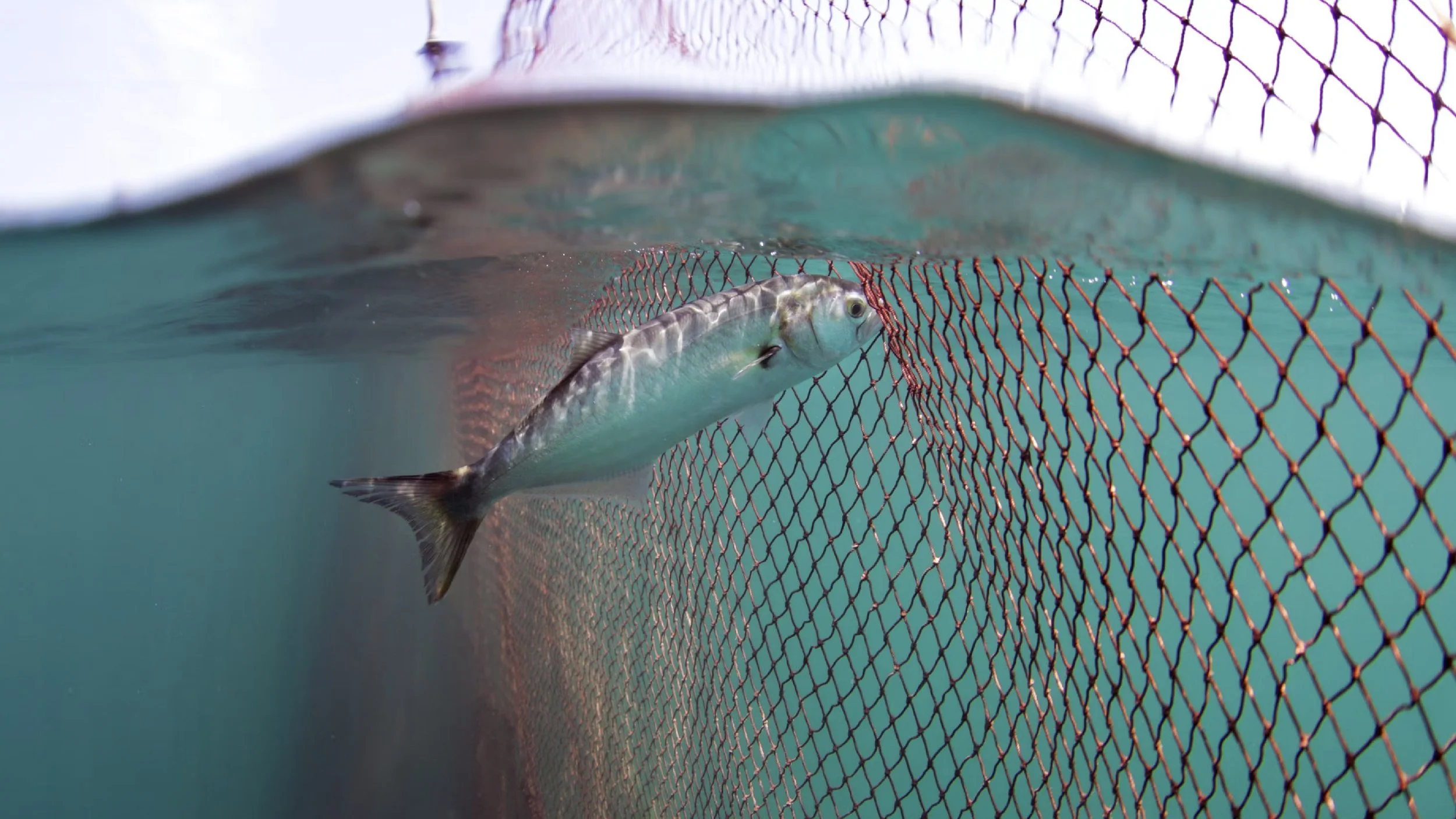Seafood dishes
Fish Market
During the days of the Byzantine Empire, the city’s large wholesale fish market was located in Pérama (Eminönü, following the Ottoman conquest), a waterfront area near the confluence of the Golden Horn with the southern entrance of the Bosporus Strait. This was the largest fish market in the city and fishmongers would bid for the morning catches and then sell their procurements at their own stores or in neighborhood markets to Istanbulites.
During the Ottoman centuries, another large fish market existed in Galata. According to Jean de Thévenot, who visited Constantinople in the first half of the 17th century, the Galata market was extremely lively because Christians were fonder of seafood than the Muslim residents of the city.
Today, the most famous fish market in the city is located in Beyoğlu, just off İstiklal Street and it has been there since the reign of Sultan Abdülaziz (1861-1876). There are also fish markets in Beşiktaş, Kumkapı, İstinye, and Sarıyer.
Fish markets in Istanbul allow other businesses in their respective areas to blossom — greengrocers, because fish is almost always consumed alongside some type of salad; meze makers, as these small tasty dishes are natural companions of seafood on a meyhane table; and, of course, meyhanes, where habitués demand the freshest and tastiest dishes the Bosporus could offer.
Fishing Culture
There has been a very strong fishing tradition in the city ever since the days of the Byzantine Empire.
Fishing rights in Byzantine were gained by paying a tax called “Haleia” but no fisherman was allowed to work alone. They would fish in teams and under the supervision of an officer from the fishermen’s guild, called “Halieus,” in Bosporus villages, around the Princes’ Islands, Chalcedon (Kadıköy), Akritas (Tuzla), and along the coast of Makrohori (Bakırköy).
Although fishmongers had their guild, fishermen were also allowed to sell directly to the citizens but only in the Forum of Theodosius, the largest square in Constantinople, stretching westward from Hagia Sophia. The rights to sell preserved – smoked, brined, dried – belonged to another guild, called “Saldamarioi.”
A historian of the Fourth Crusade, Günther of Paris wrote that there were 1,600 fishing boats in Byzantium at the beginning of the 13th century. Every morning they’d bring their daily catch to the beaches and piers within the city walls, where fishmongers bought them directly from the boats at anchor. Fishmongers would then sell the fish to the public in one of Constantinople’s several markets.
According to the Ottoman traveler Evliya Çelebi, there were officially a thousand anglers and 300 seine fishers in 17th-century Constantinople.
The city’s fish markets and the Bosporus fishing weirs were under the supervision of an Ottoman customs official. However, in 1881 a Ministry of Fishery was established. Until the foundation of the republic in 1923, the Ministry ensured that the Ottoman Public Debt Administration received the taxes paid in exchange for fishing rights.
The fishmonger trays, filled to the brim with more than a hundred varieties of fish, resemble kaleidoscopic spring gardens.
Preservation Techniques
Istanbulites have used three techniques to preserve fish: salt curing large bonitos with a special technique to make lakerda; salting and sun-drying mackerels to make çiroz; smoking fatty mullets to make likorinoz.
Likorinoz is prepared by smoking fatty, whole mullets with sawdust or chaff fumes in specially designed rooms. Likorinoz used to be a permanent feature on the Rum population’s New Year’s Eve tables and was believed to bring good luck.
Çiroz is made with thin, non-fat mackerels traveling to the Black Sea after dropping their eggs in the Marmara Sea between the first week of April and the end of May. Freshly caught mackerel are kept in brine in caskets for 8 to 10 hours before gutting them without removing their heads. Then, after being thoroughly washed, they are hung in couples on wooden stairs called the displays. If the weather is sunny, windy, and dry, the çiroz tastes delicious – humid air, on the other hand hurts the taste.
Lakerda, is preferably made with large bonitos caught as they migrate from the Black Sea to warmer waters. Steaks of bonito are boned, soaked in water to rinse the flesh off the blood, salt cured for 12 days, and kept in brine for about 10 days after which they can either be consumed or stored in olive oil. Lakerda is often seasoned with ground black pepper and served with red onions.
Plenitude
When Edmondo de Amicis visited Istanbul in the 19th century, he was awed by the plenitude of the “very tempting” fish sold in the fish market that has been famous since the days of Andronicus Palæologus. Large mullets; oysters, that are broiled on coal by the Armenian and Greek residents; tuna; anchovies; sardines; turbot; but especially loufer, the most delicious of all Bosporus fish, impressed the Italian author and traveler.
According to de Amicis, cooks, bonvivants, restaurant employees, and slaves from rich houses examined the fish with a meditative air, bargained in monosyllables to no end, and by mid-day, there was no fish available for sale.
In Taste of Istanbul’s chapter dedicated to fish, Sula Bozis quotes Pierre Gyllus who had visited Istanbul in the mid-16th century. The visitor’s observations are a testimony to the abundance of fish in the capital: “…Venice, Marseilles, and Taranto are famous for their rich variety of fish but Istanbul is in a league of its own.
The Bosporus is teeming with fish coming from two separate seas. At any point in time, there are such mass quantities of it swimming on these shores that residents can catch them with their bare hands. In the spring, people hunt schools of them swimming towards the Black Sea by hurling stones at them. And women living in houses on the shore simply dip baskets into the water, which are filled to the brim with fish when taken out.”
Empty nets in the tunny season were a rarity in Constantinople and were deemed to be the work of the devil.
Unplanned urbanization, excessive consumption and hunting of small fish, who have not had the chance to reproduce once, have resulted in a drastic drop in the number of fish that live or travel through Bosporus. In recent years, two campaigns aiming at establishing sustainable fishing practices have gained Istanbulites’ support.
In 2007, Greenpeace launched “If You Kill All the Small Fish, There Won’t Be Any Big Fish Left.” In 2010, the NGO changed the campaign title to the catchier “How Big is Yours?” The campaign aimed to put an end to the hunting and trading of baby fish as not doing so would mean by 2050 we would run out of fish and marine life would come to an end. They managed to gather half a million signatures.
Fikir Sahibi Damaklar (a convivium located in Istanbul and a local branch of the Slow Food movement) launched the Lüfer Protection Unit in 2010. The group urged the authorities to take necessary measures to ensure that every fish would have a chance to reproduce at least once. As such, they asked the residents of Istanbul not to purchase and stop hunting lüfer that was smaller than 24 cm.




